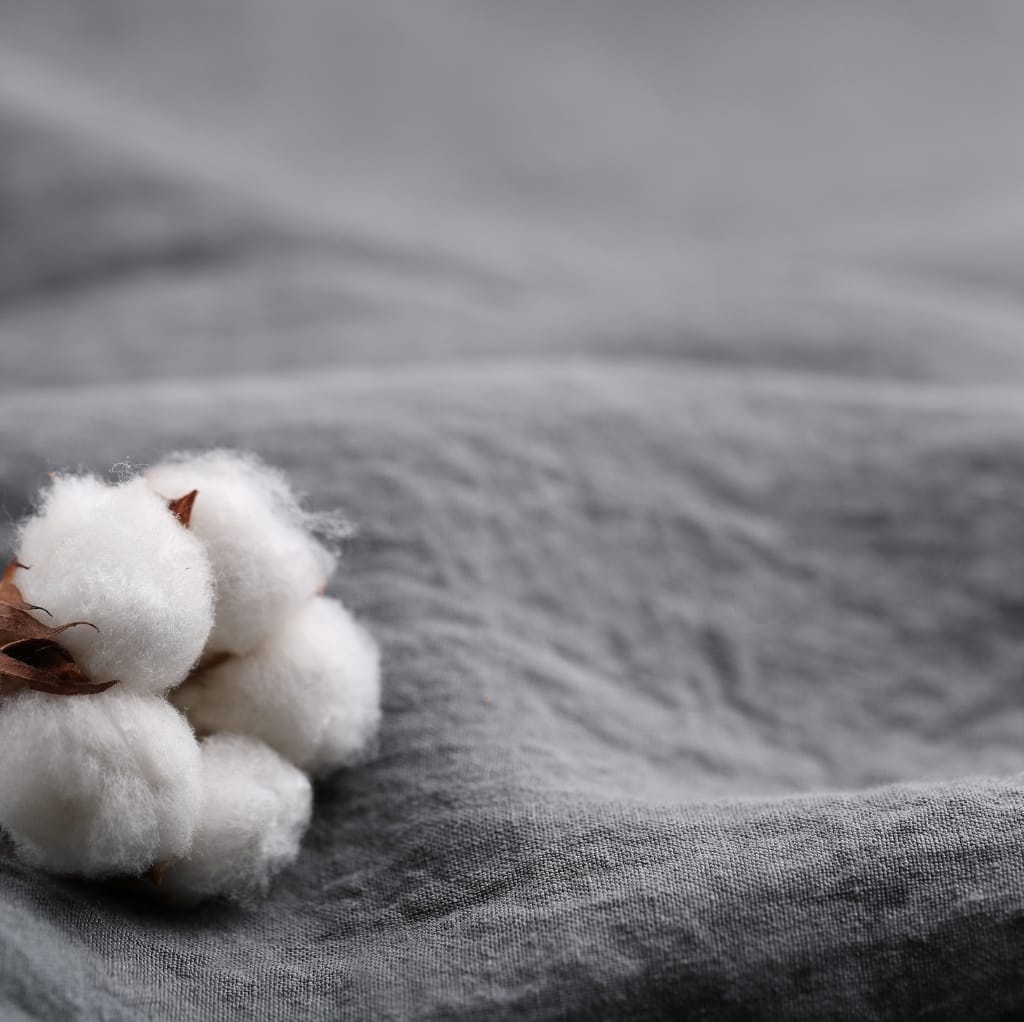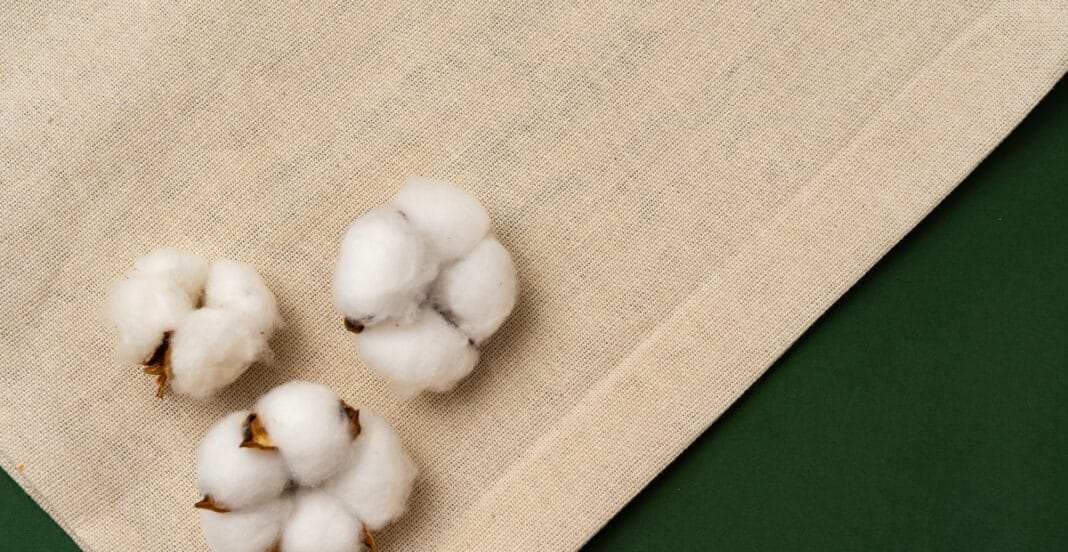Raw cotton fabric is produced from unprocessed cotton. It is spun and woven to retain the natural cotton plant’s texture and undergoes no harsh chemical treatments. It is soft, completely natural, and breathable. For these reasons, it is gaining traction among those whose interests are for Mother Nature and their health. Compared to synthetic fabrics, raw cotton fabrics do not cause any form of irritation to the skin. Since no bleaching or dyeing is done on raw cotton fabrics, it is safe for the skin and the environment. It supports a sustainable lifestyle.
People opt for raw cotton fabrics to make clothes, home items, and crafts. It is powerful because of its simplicity.
Table of contents
- The Difference Between Raw and Processed Fabrics: An Overview
- Environmental Benefits of Using Raw Cotton Fabric
- The Role of Raw Cotton Fabrics in Sustainable Fashion and Design
- The Impact of Raw Cotton Fabric on Skin Health
- Everyday Applications of Raw Cotton Fabric in Leading a Natural Lifestyle
- Raw Cotton Fabric and Minimalist Life
- Maintaining Items Made From Raw Cotton Fabric
- Determining Quality in Raw Cotton Fabrics
- Taking Action for More Mindful Living Using Raw Cotton Fabric
- Conclusion
- FAQs
The Difference Between Raw and Processed Fabrics: An Overview
Raw cotton fabric does not undergo any chemical treatments to strip it of its goodness. Unlike processed fabrics, which undergo bleaching, softening and dyeing, raw cotton retains its nature and strength. Processed fabrics have undergone bleaching, softening and dyeing. These methods not only harm the fiber, but the environment as well.
Raw cotton does not lose its essence during the collection process. It retains small plant bits, which may seem odd, but indicates the fabric’s purity. In contrast to synthetic fabrics such as polyester, raw cotton allows the skin to breathe and does not trap heat. Raw cotton is also stronger than processed cotton which may appear smooth. Processed cottons loose their strength and character.
Furthermore, properly cared for raw cotton garments do not emit the chemical smelling synthetic odor associated with blended garments.
Environmental Benefits of Using Raw Cotton Fabric
Choosing raw cotton fabric has one clear benefit, which is its environmental advantage. It does not require excessive water for cleaning or dyeing, which results in the conservation of thousands of gallons per batch. The cotton is also grown with reduced pesticide application. The organic cotton fabric , which is frequently used for raw fabric, bolsters soil health along with conserving water.
There is no toxic runoff into water systems, which benefits rivers, wildlife, and human communities. In addition, raw cotton fabric does not remain in landfills forever. Unlike plastic-based materials, raw cotton breaks down and returns to the earth.
For conscious consumers, this is a critical factor. By choosing raw cotton, we are choosing a healthier planet.
The Role of Raw Cotton Fabrics in Sustainable Fashion and Design
The fashion industry is gradually evolving, with more companies now adopting slow fashion principles. This approach influences the production of clothes designed to last longer and have less negative impact. Raw cotton fabrics are now being used for such purposes.
The simplicity and texture of raw cotton makes it easier for designers to work with. It bestows a clean rustic style which is loved by many. People appreciate the feeling and narrative associated with every piece of clothing. In interiors, raw cotton is used for curtains as well as for decorative pillows and throws. It embodies the aesthetic of naturals living spaces which emphasize comfort and earth tones.
By wearing and using raw cotton, you promote ethical practices such as avoiding fast fashion and child labor, pollution, and supporting dignity, fairness, and craft.

The Impact of Raw Cotton Fabric on Skin Health
Our skin is our largest organ and everything that touches it is critical. Fabrics that are gentler to skin and do not contain harsh chemicals are Raw cotton. Unlike many fabrics, raw cotton is gentle on the skin.
For individuals suffering from eczema or allergies, raw cotton is a soothing option. It helps reduce rashes, itching, and dryness. Because raw cotton permits airflow, the body is able to better regulate heat. This means you will not feel sweaty or sticky. It is ideal for baby clothes, sleepwear, and underwear.
How fabric impacts the skin is often overlooked. But switching to raw cotton can indeed make an enormous difference.
Everyday Applications of Raw Cotton Fabric in Leading a Natural Lifestyle
Raw cotton fabrics have a wide applicability in daily life. Here’s where it fits naturally:
- Apparel: Shirts, trousers, baby rompers, and much more.
- Bedding Items: Sheets, pillowcases, and duvet covers.
- Kitchen Items: Washcloths, napkins, reusable wraps.
- Personal Hygiene: Diapers, makeup wipes.
- Home Decorations: Curtains, tablecloths, storage bags.
Every time you replace synthetics with raw cotton, you are reducing waste. You are also inviting nature into your home. These mindful choices—no matter how simple—gradually build a better lifestyle.
Raw Cotton Fabric and Minimalist Life
Minimalism is about keeping what adds value to your life and skipping the rest. Raw cotton fabric aligns with that philosophy. It’s plain, strong, and multi-use.
Why buy 20 synthetic shirts when you can have 5 high-quality cotton ones? They will last longer and be more comfortable. A minimalist home feels calmer with raw cotton. No chemical odors, no plastic shine—just natural warmth and softness.
Raw cotton also helps reduce clutter. You keep what’s useful, beautiful, and kind to the planet, while removing everything else.
Maintaining Items Made From Raw Cotton Fabric
Caring for raw cotton fabric is simple. A few tips can make the process easier.
- Use cold water for washing. Hot water can damage the fabric or shrink it.
- Choose mild soap. Detergents and bleach should be avoided.
- Air drying is preferable. Sunlight keeps the item fresh and is natural.
- Do not wash too frequently. Unlike most things, raw cotton improves with age.
Additionally, store the items in a cool and dry place. Only iron if absolutely necessary, as natural wrinkles add charm. Items made of raw cotton can last for years when taken care of.
Determining Quality in Raw Cotton Fabrics
Not all raw cotton is equal. Here’s how to spot the best:
- Feel the texture. Soft yet firm is ideal.
- Check the color. Off white or beige colors are normal.
- Look for small plant bits. These are signs of minimal processing.
- Smell it. Should not be chemical, only clean scents.
- Ask about sourcing. Organic certification is a good sign.
Good raw cotton feels alive, and holds shape. The best quality are the ones most noticeable and easiest to differentiate.
Taking Action for More Mindful Living Using Raw Cotton Fabric
Making living decisions helps individuals or groups manage their health and environment. Choosing raw cotton fabric is one such choice. It helps your health, your home, and the planet.
Begin with small changes. Replace your old shirts or pillowcases. Purchase a reusable kitchen towel. Shifting to raw cotton will bring positive changes that are felt physically, making life simpler and more natural.
Every lifestyle change begins with a single thread, weaving into a tapestry of conscious living.
Conclusion
Cotton fabric goes beyond being a mere textile. It represents an uncomplicated, wholesome, and conscious lifestyle. It is present in clothing and home textiles, enhancing natural living. Cotton nurtures the planet. It is also protective and refreshes the home environment.
To enhance your quality of life, embrace raw cotton fabric. Opting for nature is not only wise but also the most progressive decision.
FAQs
It is best for babies as it is soft, gentle, and free from chemicals, making it safe for sensitive skin.
Absolutely! Raw cotton readily absorbs natural dyes, making it excellent for DIY crafting.
When washed at high temperatures, it may shrink a bit. However, cold washes help prevent this.


